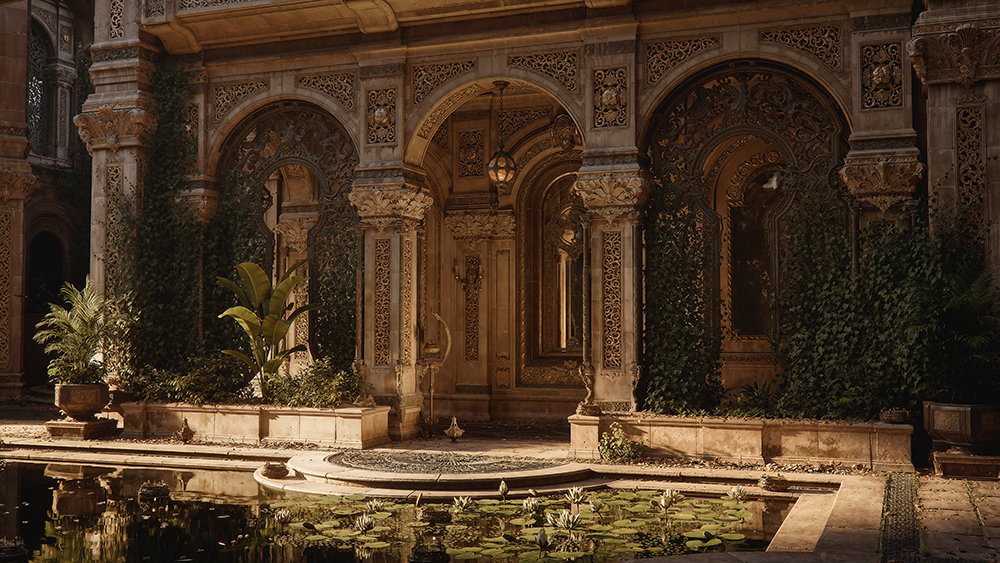Neural Shading: AI’s Game-Changer in Graphics
Nvidia and Microsoft are teaming up to introduce neural shading into DirectX, aiming to revolutionize real-time graphics rendering by integrating AI capabilities directly into the graphics pipeline. This collaboration allows developers to harness Nvidia’s Tensor Cores for enhanced visual effects and improved performance.

Understanding Neural Shading
Neural shading is an AI-driven approach that enhances the shading process in computer graphics. Traditional shading techniques calculate how light interacts with surfaces to produce realistic visuals, but these methods can be computationally intensive. By incorporating AI, neural shading predicts and simulates these interactions more efficiently, resulting in lifelike materials, lighting, shadows, and textures without heavily taxing the hardware.
Role of Tensor Cores
Central to this advancement are Nvidia’s Tensor Cores, specialized AI processors introduced with the Turing architecture. Designed for rapid matrix operations, Tensor Cores excel in tasks like deep learning and neural network processing. In the context of neural shading, they enable swift and efficient AI computations, facilitating real-time enhancements in graphics rendering.
Integration into DirectX
The collaboration introduces cooperative vectors into DirectX and HLSL (High-Level Shading Language), allowing small neural networks to operate within various shader stages, such as pixel shaders. This integration ensures that AI enhancements can be seamlessly incorporated into existing rendering workflows without monopolizing GPU resources. Initially, this feature will be exclusive to Nvidia GPUs, but Microsoft is working with other hardware vendors to ensure broader support in the future.

Implications for Game Development
For game developers, neural shading offers a new toolset to create more immersive and visually stunning experiences. By leveraging AI, developers can achieve higher-quality visuals with optimized performance, allowing for more complex scenes and realistic environments without compromising frame rates.
Looking Ahead
The integration of neural shading into DirectX marks a significant step toward AI-enhanced graphics rendering. As this technology matures and gains wider support across different hardware platforms, it is poised to become a standard feature in game development, leading to richer and more immersive gaming experiences.
Sources:
